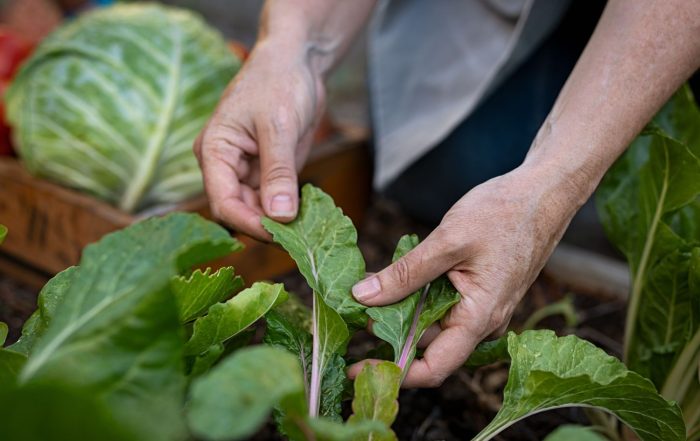Pesticides in our Food
Pesticide applications to crops result in varying levels of residues remaining in, or on, our food.
The application of pesticides (insecticides, herbicides, fungicides etc.) does not only take place while the crop is growing, but can also be applied as a seed treatment, or post-harvest to assist with transportation, storage or the cosmetic look of a particular item.
The residues detected on a particular food item will depend on which pesticides have been used and how persistent they are (how long they take to decompose). Food items may contain the residues of just one pesticide, while in others the residues of multiple pesticides will be detectable.Due to the nature of many of the new systemic type of pesticides, residues are contained within the entire piece of produce rather than just on the surface. As a result, peeling or washing fruit and vegetables before eating is often not enough to prevent exposure to pesticides.
How do pesticides affect our health? Find out here.
Dirty Dozen
Driven by health concerns, the government monitors residue levels in food consumed in the UK. Each year we analyse and compile the data into a handy list you can stick on your fridge or in your back pocket when you go shopping. A fully organic diet can be difficult and expensive to achieve but our ‘Dirty Dozen’ list can help you to work out which produce to prioritise.
Food for Thought
Our analysis of 12 years of residue data published by the Expert Committee on Pesticide Residues in Food (PRiF) shows that there are unacceptable levels of pesticides present in the food provided through the the Department of Health’s School Fruit and Vegetable Scheme (SFVS).
Residues of 123 different pesticides were found, some of which are linked to serious health problems such as cancer and disruption of the hormone system.


